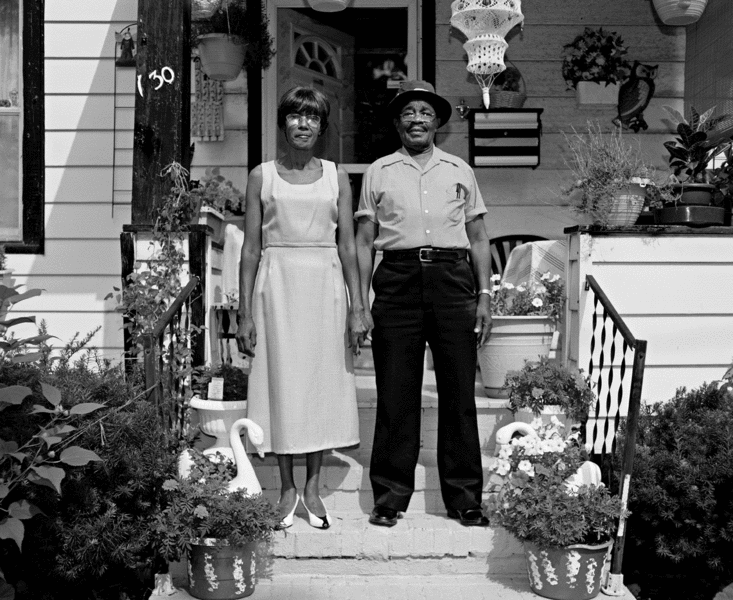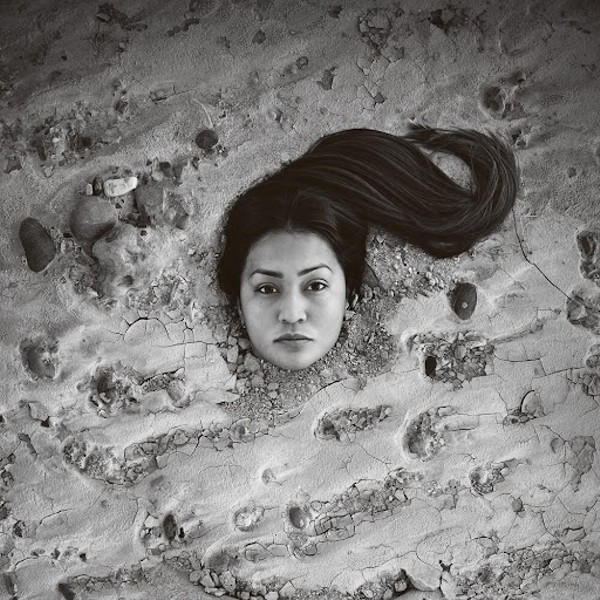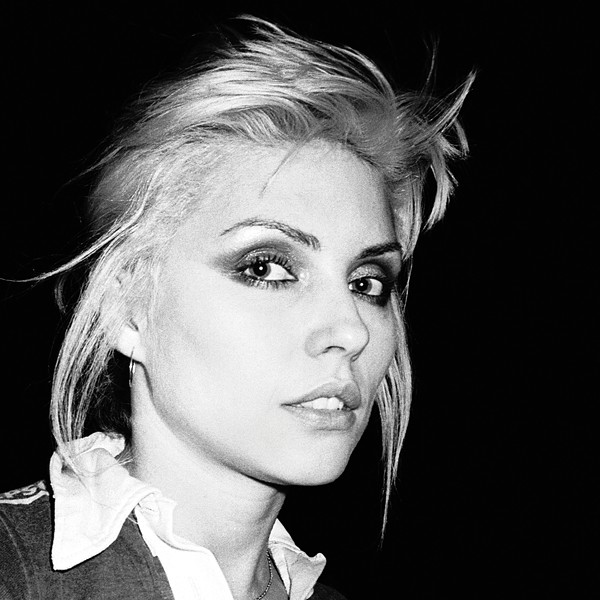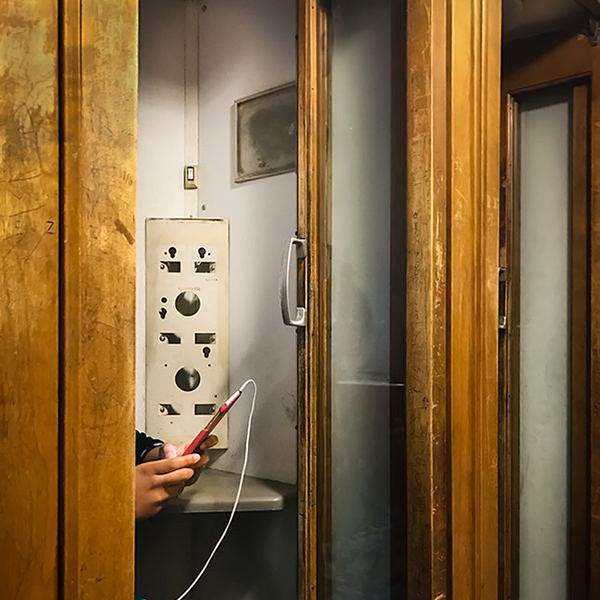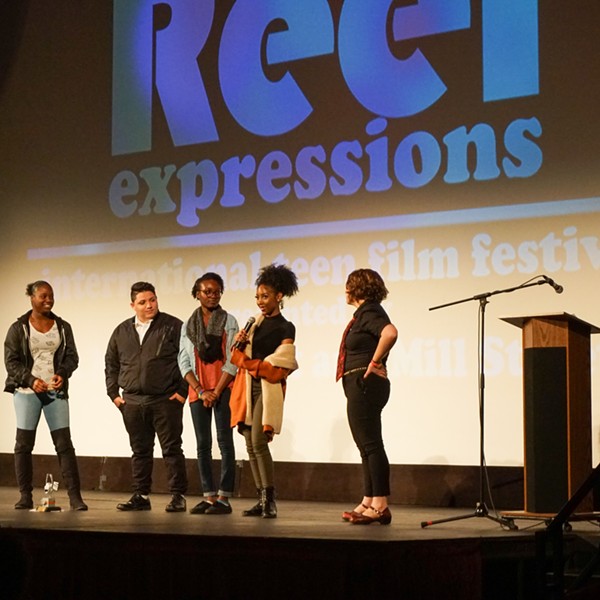In 1957, Henri Cartier-Bresson told the Washington Post, “There is a creative fraction of a second when you are taking a picture. Your eye must see a composition or an expression that life itself offers you, and you must know with intuition when to click the camera. That is the moment the photographer is creative,” he said. “Oop! The Moment! Once you miss it, it is gone forever.”
As the expression goes, two heads are better than one. Does it follow, then, that 22 eyes are better than two? “Converging Margins,” a group show featuring the work of 11 photographers, is a synthesis of captured moments—but don’t be fooled by appearances: The “moments” on exhibit are the result of months, or years, of the photographer’s immersion with his or her subjects and the worlds they inhabit. The notion of the artist uniting people through a work of art may be clichéd, but platitudes are often true. “Artists are attracted to things that are different from themselves,” curator Leah Oates observes, “and by also not belonging to any specific part of society they occupy a space that allows them to move [more freely] between groups of people and places.” To view the show’s works on display is to have the chance offerings of life delivered to the doorstep of your experience.
Two pairs of twin sisters (both sets of sisters dressed in identical outfits) smile for Deana Lawson’s camera, their tummies extended in the familiar S-shaped stance of toddlerhood. Their sameness invites an observer to consider the differences between them. These are the very premises of insider-blindness and outsider-insight underlying “Converging Margins,” which suggests that many of the boundaries we recognize are those that we have created ourselves.
In Far Rockaway, Juliana Beasley photographs a young woman walking down a sidewalk with a fishbowl in her hands—a hint of humor in the woman’s expression betrays self-awareness as she crosses the frame with her new pets, flanked by advertisements for egg sandwiches and an ATM machine. For several months, Beasley traveled for four hours a day to dwell in run-down bars, single room occupancies, and boarding houses with marginalized members of the Rockaway Park community. Ultimately, she was welcomed inside. “I became the girl who was always going around with her camera, always taking pictures of people,” she says. The deceptive spontaneity of the snapshot conceals the time it has taken to gain the trust of a community as an insider, or acceptance as an outsider. Paul D’Amato, who began a 15-year-long relationship with a Mexican neighborhood in Chicago called Pilsen in 1988, writes that he had “hoped to photograph from the inside looking out instead of the outside looking in. I tried to be a part of the community but in the end, of course, I wasn’t. You can learn a lot when you are willing to be a stranger.” Other artists featured in the show offer glimpses of celebrity culture. Artist and professional skateboarder Ed Templeton (who titles a nubile rump, softly foregrounded by an athletic-socked foot, The Shape of Young Love) reveals a knowing nostalgia, while Miles Ladin reveals the creepiness and agitation in Bill Blass, Nancy Kissinger, Mica Ertegun, and Duane Hampton, who are seen together at a fashion show after-party in Blass & Co.
“Converging Margins” is on view at the Center for Photography at Woodstock through January 11. (845) 679-9957; www.cpw.org.







